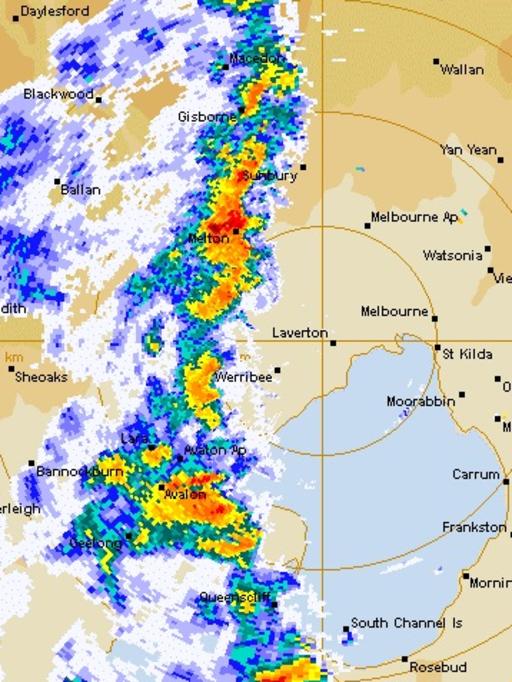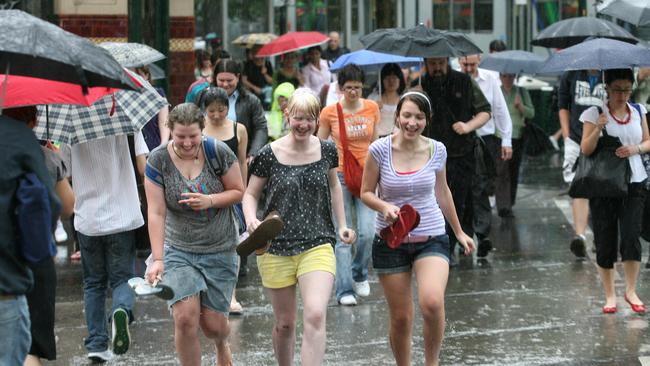How do thunderstorms work?
THE city is known for its wild weather and having four seasons in one day — but have you wondered why we get severe thunderstorms?

VIC News
Don't miss out on the headlines from VIC News. Followed categories will be added to My News.
- New thunderstorm asthma fears
- Thunderstorm asthma: eighth person dies in Melbourne
- Thunderstorm asthma: inquiry into crisis response announced
MELBOURNE is known for its wild weather and having four seasons in one day — but have you wondered why we get severe thunderstorms?
The most recent triggered bouts of “thunderstorm asthma” — killing eight people and leaving several fighting for life in hospital.
Another storm is forecast to hit Gippsland this afternoon, with health authorities warning more cases with respiratory issues could be on the way.
MORE: WHAT IS THUNDERSTORM ASTHMA?
Bureau of Meteorology meteorologist Ted Williams said thunderstorms were forecast a few days before the weather event.

“We can forecast the general environment of a thunderstorm about one or two days out,” he said.
“But closer to the storm we will determine what the trigger is and get a better idea of what is actually happening.”
The Bureau received its initial forecast of Monday’s deadly storm on Thursday November 17.
On Monday, most of the Mallee, Wimmera and South West districts were issued with a severe thunderstorm warning about 2pm.
The next alert was issued for central Victoria at 4pm.
Melbourne received its first alert at 5.13pm, as a line of storms approached the western suburbs.
This alert was updated again at 5.19pm, 6pm before being cancelled at 6.43pm once the storms had cleared the Melbourne area.

Mr Williams said severe weather alerts were posted on the Bureau’s website and manually tweeted — but no SMS service was used.
The storms formed ahead of a cool change and moved into Melbourne between 5pm and 6.30pm.
Laverton copped wind gusts of 89km/h while St Kilda Harbour recorded a record 96km/h about 6pm.
HOW DO THUNDERSTORMS WORK?
Mr Williams said thunderstorms relied on three key ingredients — low level moisture, an instable weather system and a ‘trigger’.
A trigger could be a cool front, trough or sea breeze.
“We often get those (cool fronts) in Melbourne,” Mr Williams said.
Only one trigger was required to create a thunderstorm.



“Thunderstorms don’t just happen when rain hits the ground, there are dry thunderstorms too,” he said. “The thunder is actually the sound of lightening.”
Mr Williams said thunderstorms were more common in Melbourne in the warmer months.
“They are more energetic in summer,” he said.
MORE INFORMATION ABOUT SEVERE THUNDERSTORM WARNINGS HERE.
LATEST THUNDERSTORM WARNINGS HERE.


